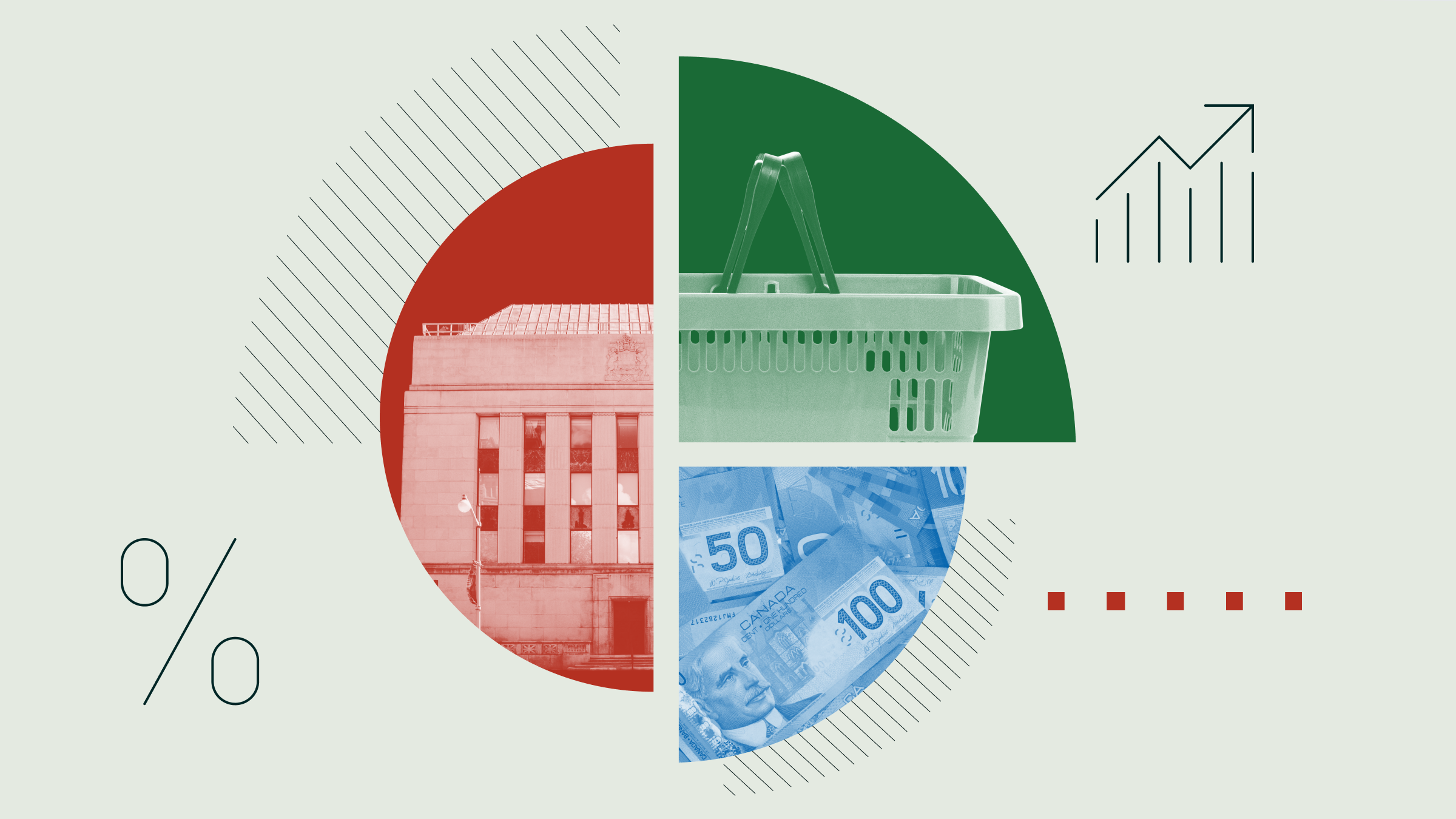When it comes to retirement investing, income usually is the main concern for investors, and dividend yield is often considered one of the best ways to generate that income. This holds true both in the runup to retirement, when dividends can be reinvested and thereby increase returns, as well as post retirement, when dividends supplement the retiree's income.
In the case of a dividend yield, investors should assess the potential for growth in the dividend over time, and, indeed, the sustainability of the dividend, which means having a view of the prospects for the continued success of the underlying business, says Michael Keaveney, Head of Investment Management at Morningstar Canada.
Having said that, in the context of an overall investment portfolio, even one focused on income, it is prudent to consider a combination of both dividend growers and high-yield stocks. Companies with a lower yield at present, but a good record of growing the dividend, and good prospects for continued growth in the business may well be the higher dividend companies of the future. Companies with a high dividend yield currently, but no signs of growth, may be in a stage of development where future dividends don't keep up with inflation or, in the worst-case scenarios, could be in jeopardy, Keaveney said.
Canadian investors have seen some high-profile dividend cuts in the past quarter, notably Corus Entertainment's (CJR.B) 80% dividend cut in June, and CI Financial's (CIX) nearly halving of its dividend in August. But this is not something investors should necessarily worry about.
Not every cut has an obvious red flag, nor is every cut inherently a signal of doom, says Keaveney.
There are usually a number of dividend cuts every year, and this year is no exception, says Keaveney. Of the 245 companies currently in the S&P/TSX Composite Index, 29 had lower dividends paid in 2017 and 29 in 2016 versus the previous years. Many of these decreases were dividend cuts. These figures were up a bit from 2014 and 2015, but it is a common occurrence. Dividend payouts can't exceed company earnings forever, so payout ratios need to be watched to ensure they are within industry norms, and within guidelines and payout policies that companies may have signaled to the market, he said.
But as in most things, having dividend yield as a single-point agenda is not the best idea.
"It is a poor strategy to focus exclusively on one single point-in-time variable; broader context is always helpful," Keaveney cautions. Not all companies pay dividends, and industries differ in typical dividend profiles, so when building a diversified portfolio, focusing solely on dividends could mean missing out on attractive opportunities.
In addition, over the last few decades, many companies around the world have also chosen an alternative type of payout in the form of share buybacks. "Buybacks reduce the number of shares outstanding, leaving remaining investors with a larger portion of the firm, including dividends -- a potential benefit not reflected in dividend yield," Keaveney said.
Keaveney leads a team within Morningstar Investment Management that manages Morningstar Strategic Canadian Equity Fund, a pure concentrated Canadian equity portfolio that provides disciplined exposure to key investment factors. Three of the stocks with high dividend that holds in this portfolio are:
![]() CI Financial Corp. (CIX)
CI Financial Corp. (CIX)
Dividend Yield: 6.85%
Industry: Asset Management
CI Financial is a four-star stock. “In the case of CI Financial we believe the dividend cut was the right move for the firm, freeing up capital for reinvestment back into the business in an increasingly competitive environment for independent asset managers, and for potential share repurchases as opposed to a signal of dire straits," Keaveney said.
![]() Norbord Inc. (OSB)
Norbord Inc. (OSB)
Dividend Yield: 12.23%
Industry: Lumber & Wood Production
Norbord is a three-star stock. In August, the company declared a one-time dividend of $4.50 per share, because of strong free cash flows generated during the second quarter. This payment represented approximately 8% of the stock's price at the time. With capital spending still poised to decline from 2017 to 2018, Norbord is clearly taking a measured approach in adding capacity, but not adding enough to affect lumber prices, according to a Morningstar analyst note.
![]() Power Corporation of Canada (POW)
Power Corporation of Canada (POW)
Dividend Yield: 5.16%
Industry: Insurance – Life
Power Corporation is a four-star stock. Morningstar analysts have raised fair value estimates for Power Corporation by $1 to $35 due to market appreciation in Power's smaller investments. This implies a price/book multiple of 1.2 times book value. Further, the management believes cash dividends are the best way to return capital to shareholders, and the company has a history of consistent dividend payments, most recently raising its quarterly dividend in mid-2017.
















